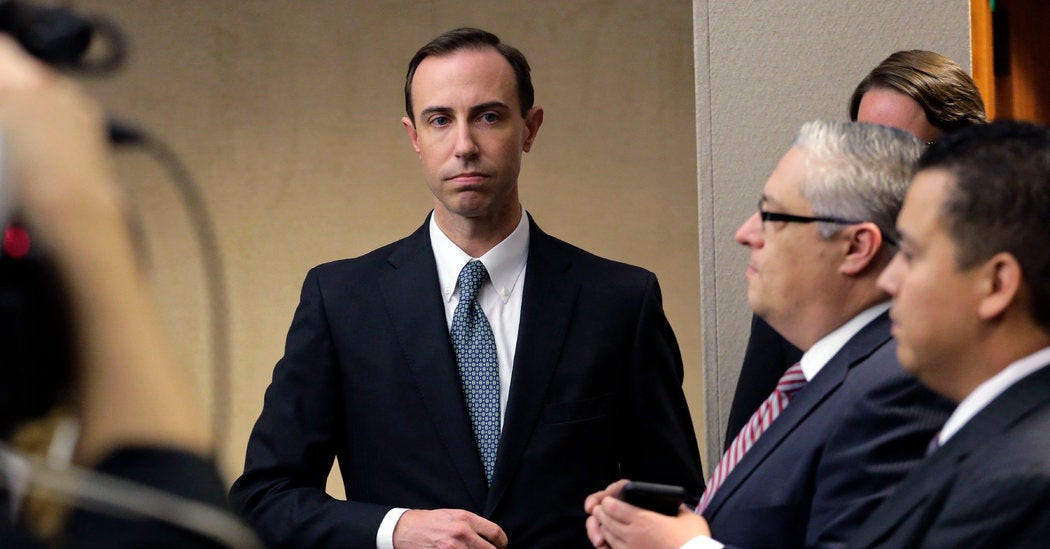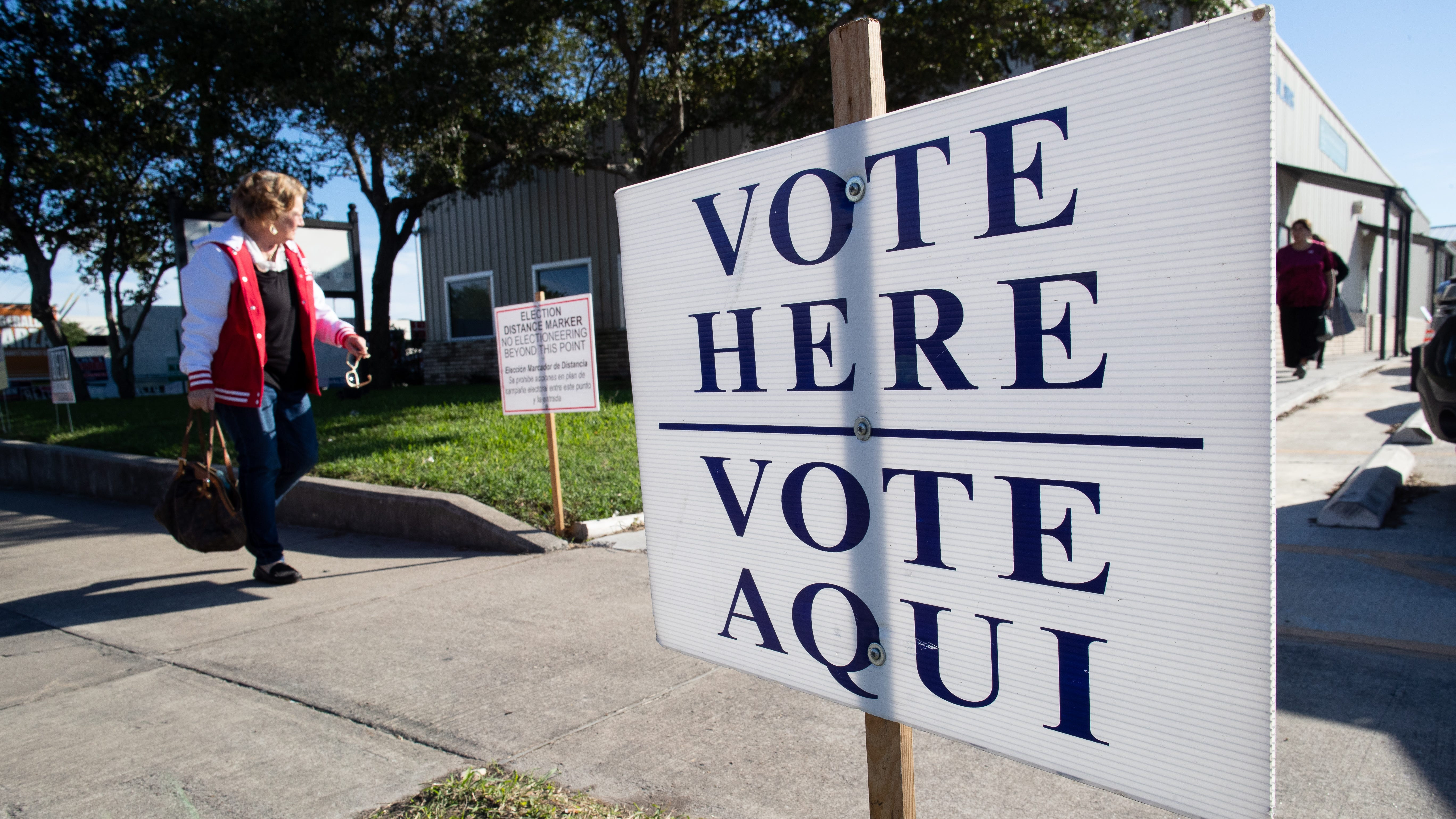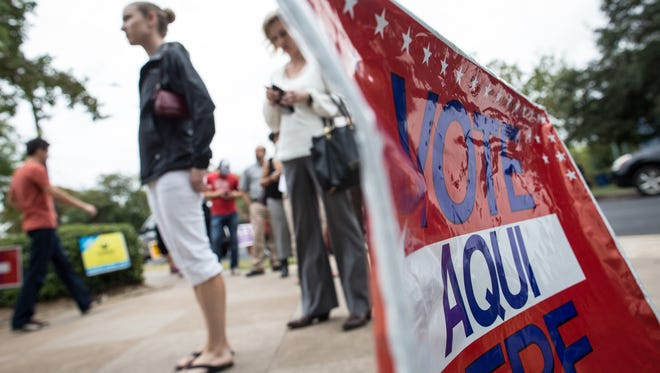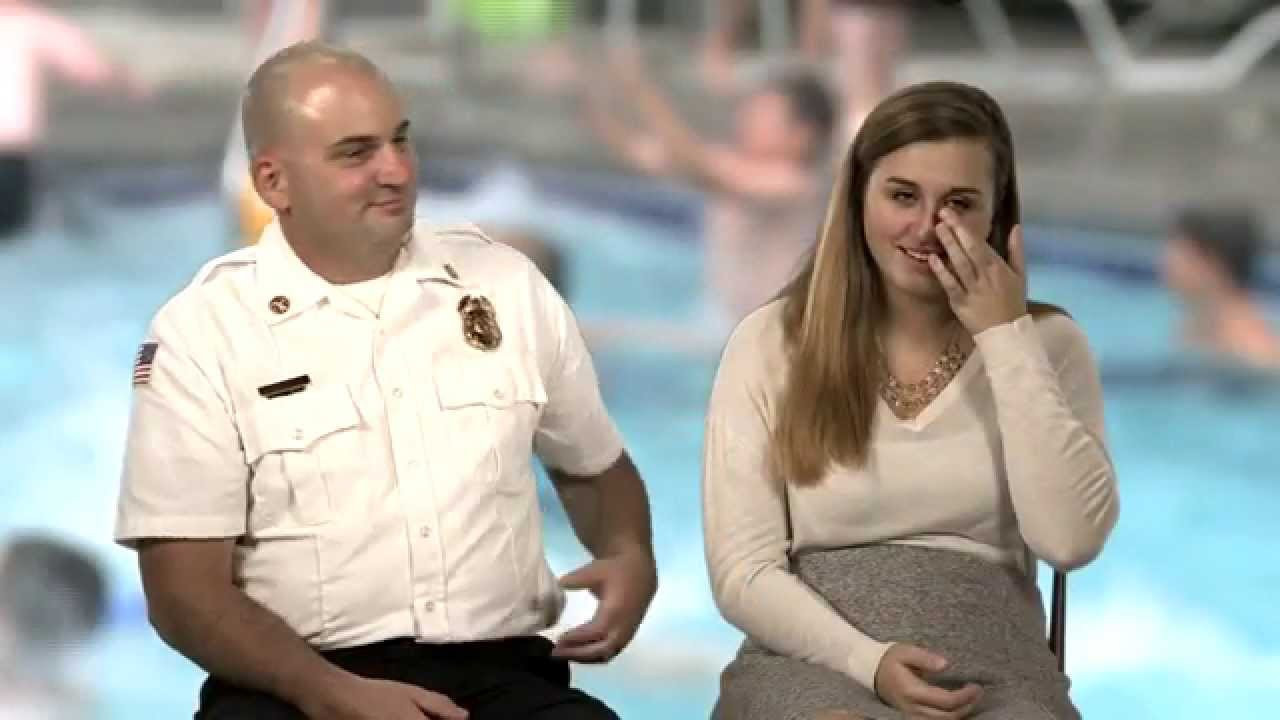The deadline to register to vote in Texas is Oct. 7, and while county election officials are working hard to get more people registered, more than 1 million voters have been deemed ineligible. This includes people who have moved out of state or are deceased, and it's a routine process. “We do list maintenance every single day,” said Trudy Hancock, the Elections Administrator for Brazos County. “So you know it's not something that's happened just overnight and something that's been put in place, but it is important to check your registration.”
However, the removal of these voters has sparked concerns about voter suppression, particularly after Gov. Greg Abbott issued a press release last month touting the removal of ineligible voters, claiming some of them were possibly noncitizens. Experts quickly warned the governor's framing could be used to undermine trust in elections. At the same time, Texas Attorney General Ken Paxton has sued to stop two urban counties from sending voter registration forms to people who are eligible to vote, claiming state law doesn’t allow that kind of outreach and it would risk adding noncitizens to the voter rolls.
While election officials have found no evidence of widespread voting by people who are not citizens in U.S. elections, it's worth noting that in 2019, Texas incorrectly flagged 95,000 naturalized citizens for removal from the voter rolls, but backed off those previous removal attempts to settle lawsuits over the matter. The state's actions raise concerns about the accuracy of the voter roll purge and the potential for disenfranchisement.
Navigating the Texas Voter Registration System
Federal law prevents states from systematically removing registered voters within 90 days of a federal election, though there are some exceptions if the voter has died, been convicted of a felony, or been declared mentally incapacitated. Checking your voter registration to make sure it’s active and up to date could save you trouble at the polls, especially before the Oct. 7 deadline to register.
You can verify your registration status through the Texas Secretary of State’s website. You'll need one of the following three combinations to log in:
- Your voter registration certificate number and date of birth
- Your driver's license number and date of birth
- Your Social Security number and date of birth
When a person submits a voter registration application, county and state officials verify the person’s eligibility using various sources, including birth and death certificates and the courts system. Local election officials will review the application to make sure the submitted address is a residential location within the county. They share voter registration records with the state daily. The state also reviews the voter registration before it becomes effective. Registered voters are sent a registration certificate within 30 days and it becomes effective 30 days after it is submitted.
Voters receive a new certificate if they update their name or address. Otherwise, voters are sent a new certificate every two years, according to the state.
The Suspense List: A Temporary Limbo
If a county voter registrar receives a nondeliverable notice after sending a voter registration certificate or receives information that there’s been an address change, a voter is placed on the state’s “suspense list” and asked to confirm their address. Sometimes this can be due to errors at the post office or when a jury summons doesn’t go to the proper address and is returned, said Trudy Hancock, the elections administrator for Brazos County.
Voters on the suspense list can still vote as normal if they update or confirm their address before the voter registration deadline or fill out a “statement of residence” when voting. But if they have moved to a different county or precinct, they may have to vote at their previous polling location or vote a limited ballot.
The Voter Purge: A Final Check
If a suspended voter takes no action, they are removed from the voter rolls after about four years, according to the Texas Secretary of State’s office.
The Texas voter registration process, while seemingly straightforward, has become increasingly complex in recent years. While the state argues its efforts are simply aimed at maintaining accurate voter rolls, critics have pointed out that these changes may disproportionately affect minority communities and those who may not have the resources or time to keep track of their registration status.
Addressing the Issue: Taking Action
To ensure your voting rights aren't affected, it's crucial to check your voter registration status. You can do this online, at your county voter registrar's office, or by contacting the Texas Secretary of State's office.
The Texas Tribune, ProPublica, and Votebeat are investigating instances of erroneous voter cancellations. If you believe your registration has been mistakenly canceled, please submit a form at the bottom of this article.
The Impact of Voter Suppression on Democracy
The ongoing concerns about voter suppression in Texas are not isolated. Across the country, there is a growing trend of voter suppression efforts, often targeting minority voters. These efforts range from restrictive voter ID laws to limitations on early voting and absentee ballot access.
The consequences of voter suppression are far-reaching. By making it harder for certain groups to vote, these efforts undermine the principles of democracy and equal representation. They can also lead to a chilling effect on civic participation, discouraging voters from engaging in the political process.
It's crucial for individuals to be aware of the challenges surrounding voter registration and to take steps to ensure their voting rights are protected.
Conclusion: Safeguarding Our Democracy
The right to vote is a cornerstone of democracy. Every voter deserves to have their voice heard, and it's essential to safeguard this right by working to ensure fair and accessible elections for all.
By staying informed, actively participating in the political process, and speaking out against voter suppression efforts, we can help protect the integrity of our elections and ensure a more just and equitable society for all.



















